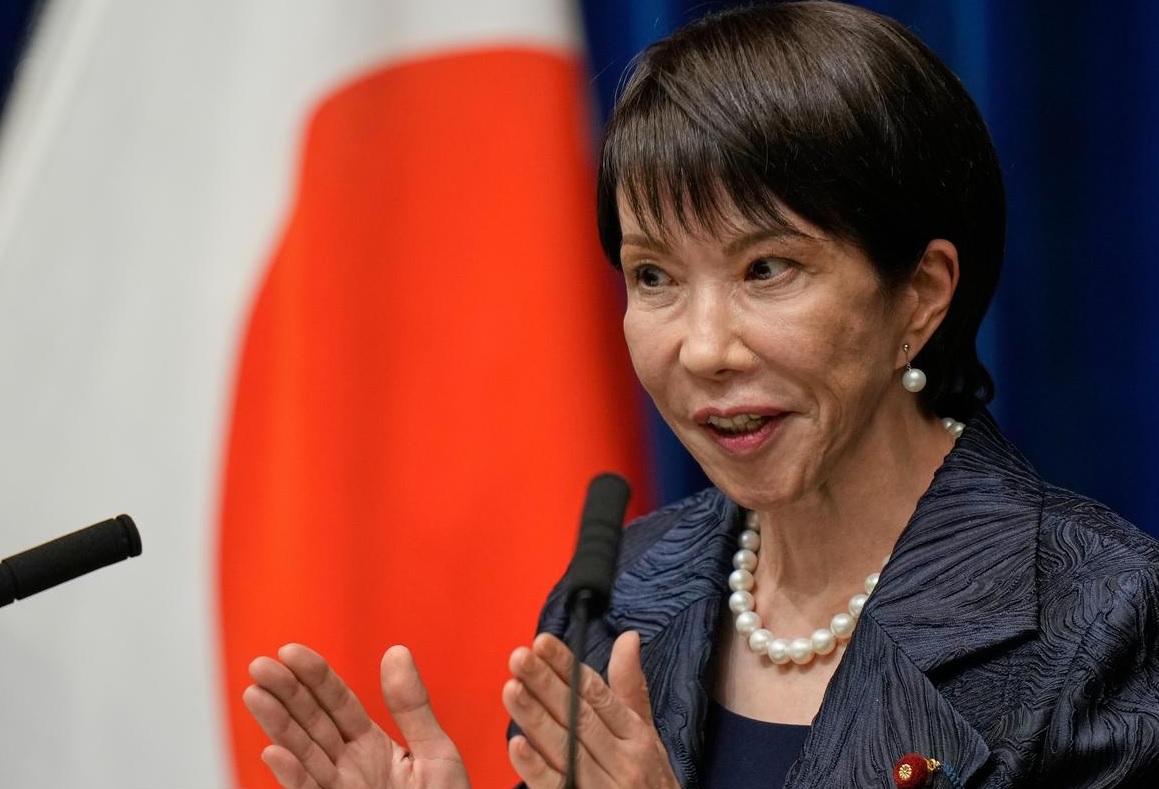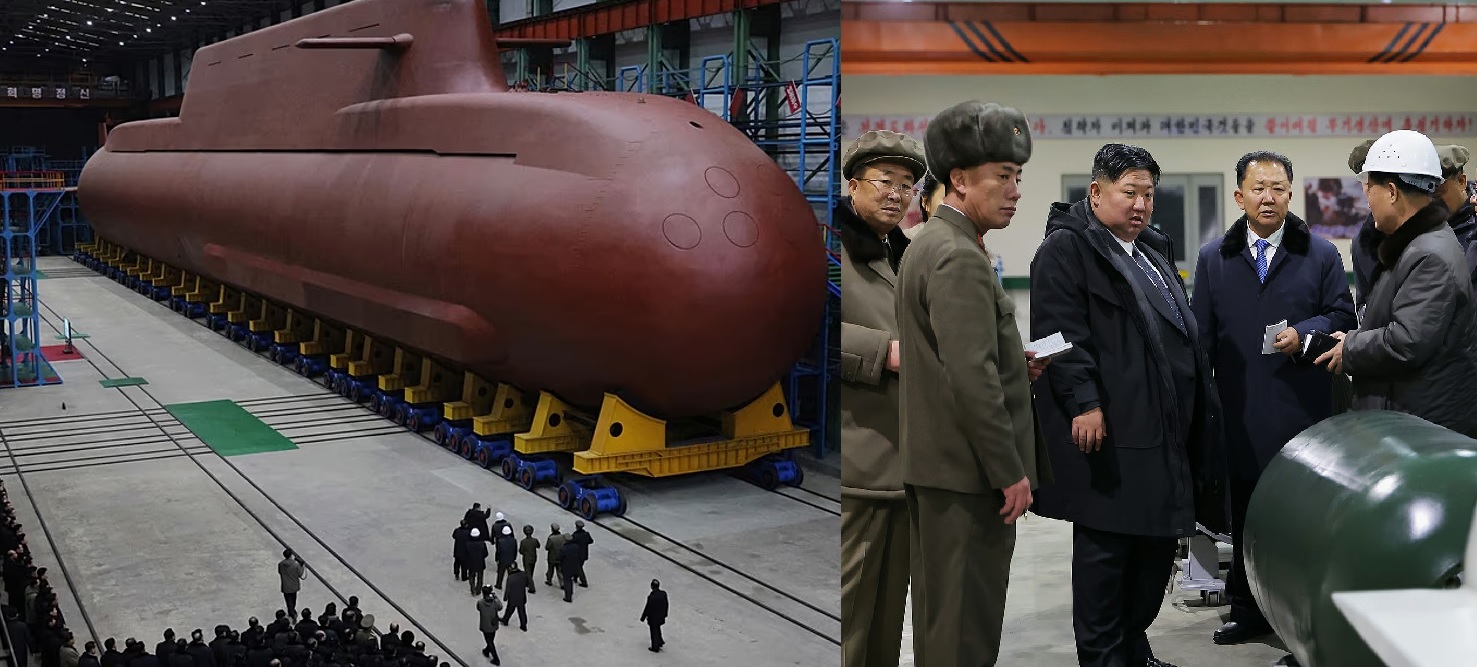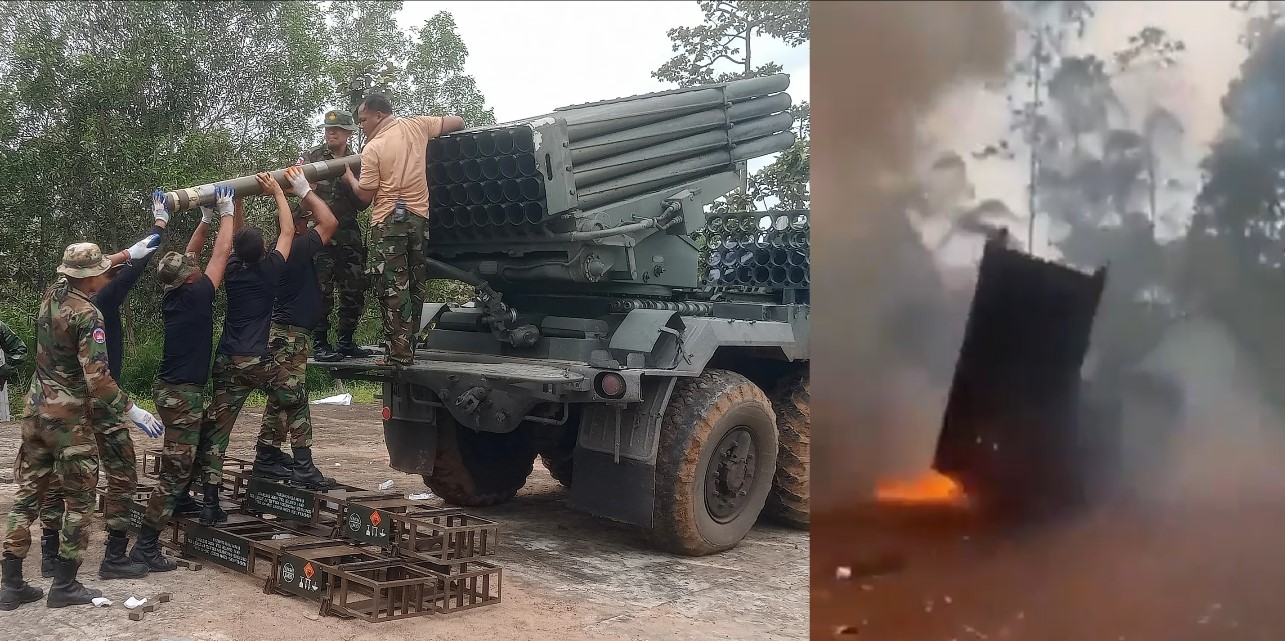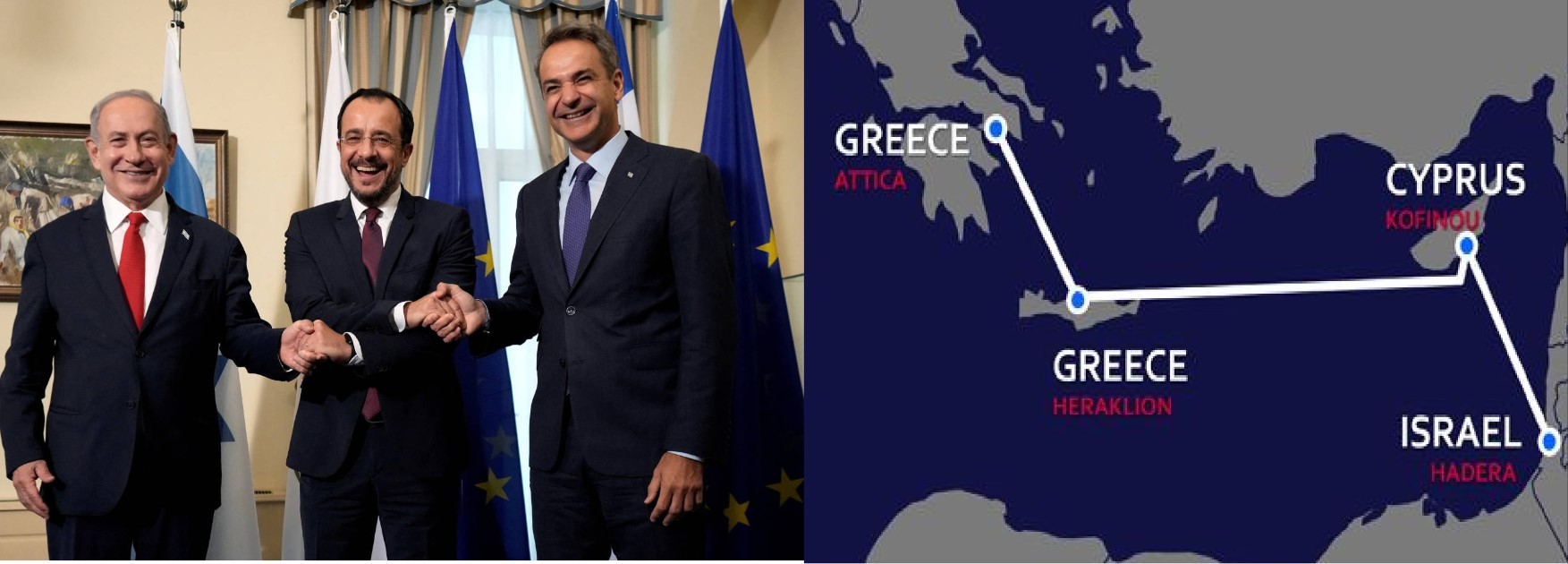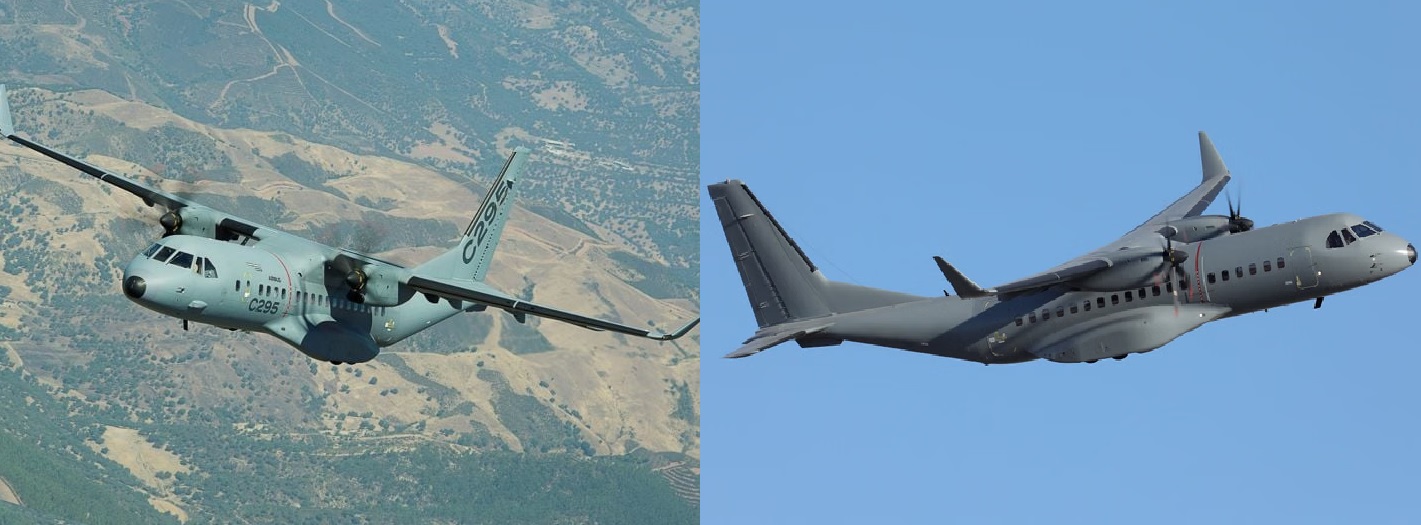Saudi Arabia Plan to Acquire South Korea’s Hyunmoo-III Long-Range Cruise Missile

According to emerging reports, Saudi Arabia is preparing to acquire South Korea’s Hyunmoo-III long-range cruise missile, a system often compared to the American Tomahawk and the Russian Kalibr. While there has been no official confirmation, discussions are said to have taken place between Riyadh and Seoul, marking a potential milestone in Saudi Arabia’s expanding strategic missile ambitions.
The move would represent a major step beyond Saudi Arabia’s existing arsenal of short- and medium-range missiles, signaling the Kingdom’s growing interest in building a credible long-range deterrent.
Expanding the Missile Partnership
Over the past few years, Saudi Arabia has steadily deepened its defense cooperation with South Korea. Riyadh has already purchased several advanced Korean systems, including the CTM-290 tactical ballistic missile and the M-SAM-II (Cheongung-II) surface-to-air missile interceptor.
The CTM-290, with a range of about 290 kilometers, provides battlefield-level precision strikes. However, the Hyunmoo-III would extend Saudi capabilities dramatically, allowing precision engagement at distances well beyond the country’s borders.
Hyunmoo-III: A Long-Range Precision Weapon
The Hyunmoo-III is a family of land-attack cruise missiles developed by South Korea’s Agency for Defense Development (ADD) and manufactured under tight secrecy. The system’s reported range varies by variant:
-
Hyunmoo-III A: ~500 km
-
Hyunmoo-III B: ~1,000 km
-
Hyunmoo-III C: ~1,500–3,000 km
With these ranges, Saudi Arabia could potentially strike key Iranian military sites, including command centers, missile bases, and drone facilities, without deploying aircraft into contested airspace.
Each missile is guided by advanced inertial and satellite navigation, capable of high precision and low-altitude flight to avoid radar detection. The payload is estimated to be around 500 kilograms, suitable for conventional high-explosive or penetrating warheads.
Haeseong Variants and Submarine Launch Capabilities
The Hyunmoo program also includes several naval derivatives under the Haeseong family. These systems have helped South Korea build a multi-layered missile force, adaptable across land, sea, and submarine platforms:
-
Haeseong-I: Anti-ship missile with a range of about 150 km.
-
Haeseong-II: Vertical Launch System (VLS) version for surface ships, with a range near 500 km.
-
Haeseong-III: Submarine-launched cruise missile, estimated range 1,000–1,500 km.
-
Haeseong-V: Believed to be an under-development supersonic cruise missile, possibly extending to 1,000 km.
All of these systems are operated by the Republic of Korea Strategic Command, which maintains one of Asia’s most modern missile arsenals.
A Quiet but Strategic Cooperation
The Hyunmoo missile program remains one of South Korea’s most classified defense projects. Details regarding its deployment, testing, and export are rarely made public.
Sources indicate that Saudi and South Korean defense officials began exploring a potential missile cooperation framework in early 2025. The talks reportedly involve not only the purchase of the missiles but also options for limited technology transfer or local assembly within the Kingdom.
Such arrangements would align with Saudi Vision 2030, which aims to localize half of Saudi Arabia’s defense procurement through domestic manufacturing and partnership ventures.
Finding an Alternative After U.S. and Russian Rejections
For years, Riyadh has tried to obtain long-range cruise missiles from global suppliers. Its attempts to acquire the American Tomahawk (range ~1,600 km) were blocked under the Missile Technology Control Regime (MTCR). Similarly, negotiations with Russia for systems like the Kalibr-NK (range ~2,000–2,500 km) did not materialize due to export and political restrictions.
By turning to South Korea, Saudi Arabia appears to be pursuing a practical middle ground—acquiring a capable system from a partner known for discretion and reliability.
Strategic Lessons from Abqaiq
The September 2019 attacks on Saudi oil facilities at Abqaiq and Khurais, which temporarily cut national production in half, remain a defining moment for the Kingdom’s defense strategy. The incident demonstrated vulnerabilities in Saudi Arabia’s infrastructure and highlighted the absence of a credible long-range response option.
The potential acquisition of the Hyunmoo-III reflects a broader effort to close that gap. With the missile’s extended reach and precision, Saudi Arabia would be better equipped to deter or respond to long-range drone or missile attacks from adversaries.
Regional Implications
If completed, the Hyunmoo-III acquisition could make Saudi Arabia the first Middle Eastern nation with a proven long-range, land-attack cruise missile system of Asian origin. Such a capability would not only shift the regional military balance but could also prompt neighboring states—particularly Iran—to further accelerate their own missile programs.
Defense analysts suggest that the move could also encourage UAE and Egypt to explore similar missile partnerships, given their growing security and industrial cooperation with Asian defense suppliers.
A Subtle but Significant Shift
Though unconfirmed, the possibility of Saudi Arabia adding the Hyunmoo-III to its arsenal signals an important shift in its defense strategy. It reflects Riyadh’s intent to reduce dependence on Western suppliers, build indigenous capacity, and establish a credible long-range precision-strike capability.
While official details may never be made public due to the confidential nature of missile transfers, such cooperation would quietly place Saudi Arabia among a limited group of countries capable of conducting long-range, precision-guided strikes—without external reliance.
✍️ This article is written by the team of The Defense News.
